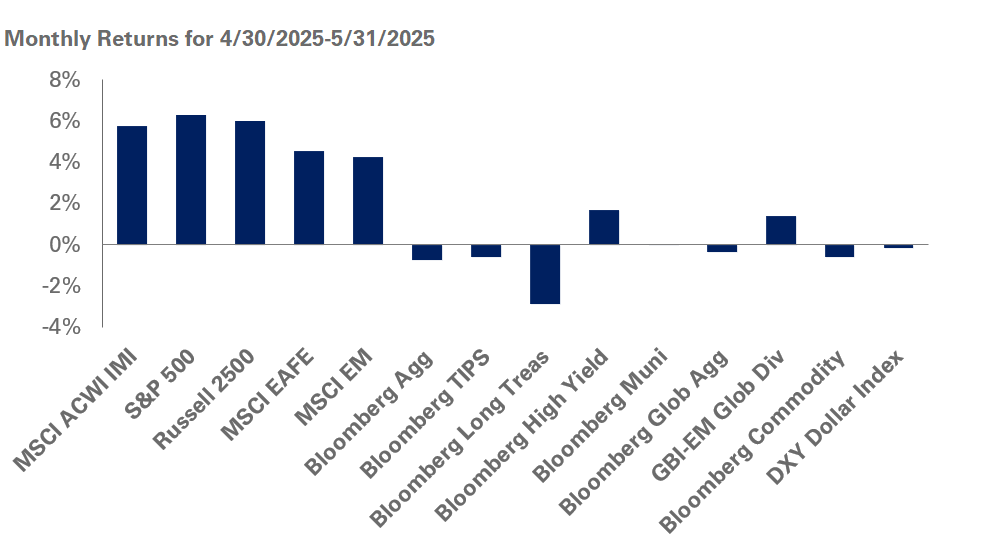NEPC, LLC conducted a flash poll of 51 healthcare organizations to examine the business impact and steps being taken to battle the pandemic. Our findings from the three key areas are as follows:
Cost Reduction Actions
- Furloughs: The majority (61%) of healthcare organizations indicated they have already furloughed staff, or plan to do so. Organizations with investment portfolios of $2B or greater and/or a credit rating of AA have been less likely to include furloughs as part of their strategy, with only about one-third having implemented this action.
- Postpone Retirement Contributions: Forty-three percent indicated they have already suspended or postponed retirement plan contributions, or plan to do so. Reducing employee compensation was also an oft-cited action in an effort to limit costs.
- It appears that organizations that have had more access to credit have been able to limit these cost-cutting actions to a greater degree.
Operational Impact
- Costs are Higher: Half of organizations polled have experienced an increase in their daily burn rates above 10%, while 23% of respondents indicated a daily burn increase of more than 25%. The operations of mid-sized ($500M – $2000M) and A-rated systems appear to have been more acutely impacted by the COVID-19 pandemic.
Investment Implications
- Investments Rebalanced: Following the drawdown in capital markets during Q1 2020, the majority (71%) of respondents have rebalanced back into risk assets (e.g. public equities) and/or had plans in place to do so. Larger systems (>$2 billion) and more highly rated (AA) organizations appear to have had greater flexibility to reallocate/consider reallocating into risk assets versus peers.
In addition to asset size and credit rating, we also viewed the responses through the lens of geography. While the population of respondents was more heavily weighted to the East (76%) vs. the West (24%), there were a few notable themes:
- Systems in the West were less active in cost-cutting actions such as furloughing staff (33% vs. 69% in the East) and suspending or postponing retirement plan contributions (17% vs. 51% in the East).
- Organizations in the East were more likely to have seen a steeper increase in daily burn rates, with 28% indicating an increase of more than 25%, vs. only 8% of organizations in the West.
- Systems in the West were more active in rebalancing back into risk assets, with 82% indicating they had, or planned to, vs. only 68% in the East.
At NEPC we are mindful of the unprecedented challenges that healthcare systems are facing and we remain committed partners to these organizations as they address critical decisions to ensure the long-term support of the communities they serve.



